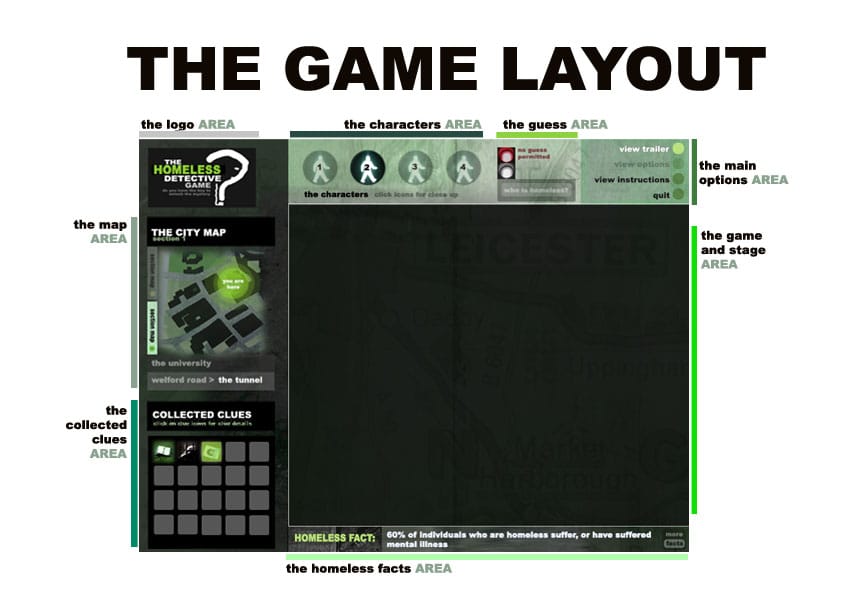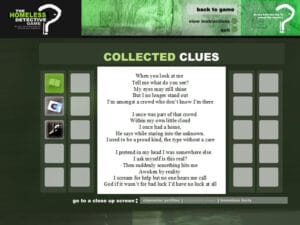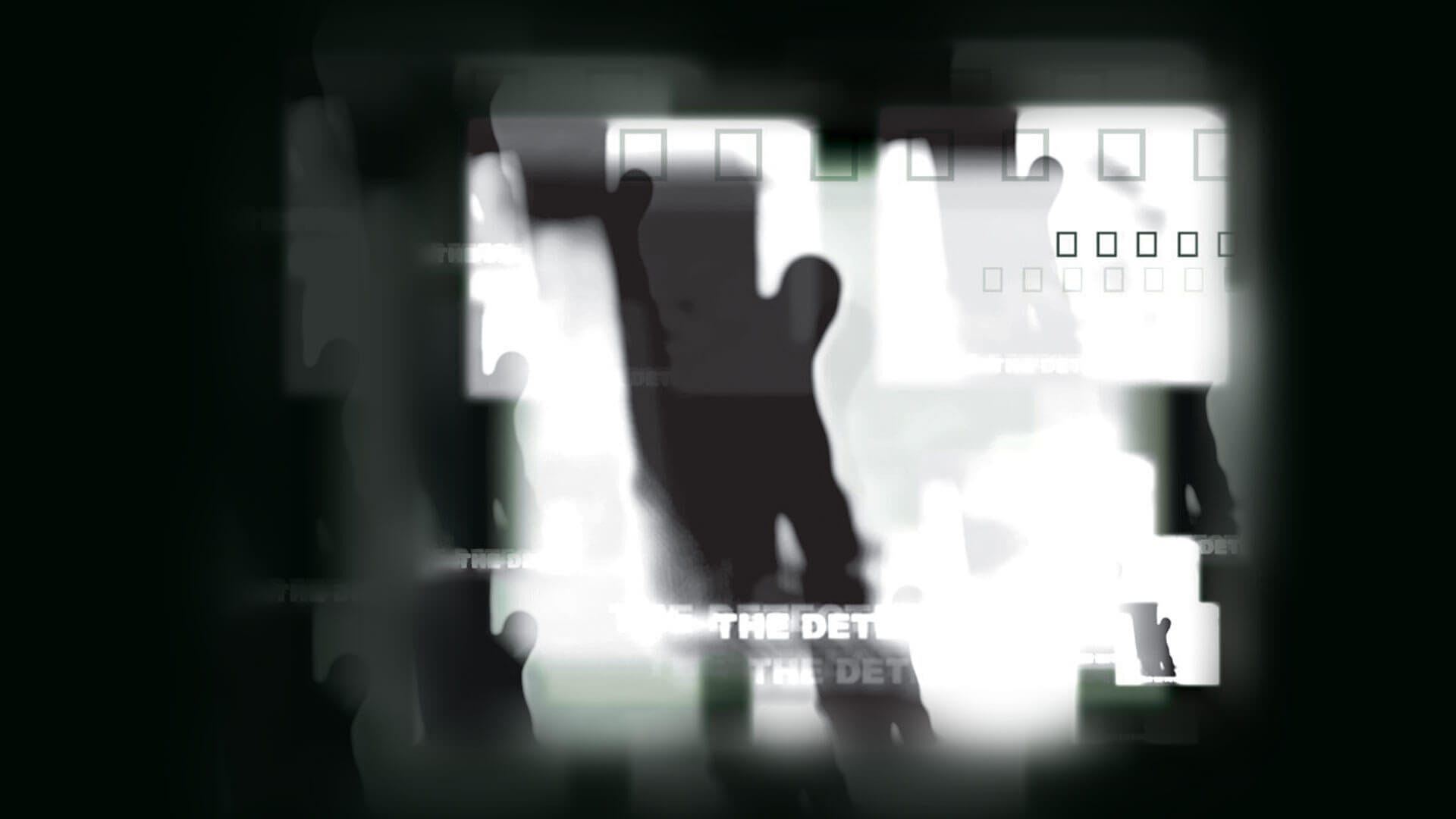What are the biggest pain points in your air travel experience when going from origin…
Homelessness has a negative connotation to it and to those who find themselves homeless. This homeless awareness project aims to change this.
Client: Various Homeless Organisations Location: Leicester, UK (but applies worldwide) Challenge: To change our awareness and reaction towards homelessness
The Background
Homelessness is a growing problem in the world and estimates suggest it will continue to grow. This can’t be too surprising considering the rising cost of living globally and the rising global population. Whilst there are more green measures to help homelessness in some areas generally homelessness is still viewed as a ‘it’s your problem, not mine’ outlook.
Whilst the likes of climate change consistently get a ton of focus, other areas are left slowly gaining in ‘silent alarms’, issues left under the radar until one day it becomes an urgent crisis. Yet, it already is a crisis (even if generally less aware in the public consciousness), both on a moral aspect and an economic one. Homelessness creates expense rather than income, and a good proportion of people who are homeless have previously been on the receiving end of abuse or an unnurturing environment.
The awareness of homelessness, and its effects, is low still with the stereotype of people who are homeless often largely portrayed as a burden on society, rather than individuals with stories in their own right. We easily dismiss that we too one day could be homeless if certain circumstances went against us. Our awareness can create more opportunities for others, rather than blind ignorance.


Therefore I joined a social awareness project that aimed to raise awareness of homelessness, and from this involvement, I took it further in my own study to see if there was a way to change how many of us unconsciously treat homeless people.
The Case Study Solution
Through this social innovation project, I found out a lot about homelessness, the organisations aiming to help people who are homeless, and the public opinion on homelessness.
I wanted to study as much as I could in order to see how we could change perceptions of homelessness and do so in a social way.
I ended up drafting out a social ‘homelessness detective game’, which could be replicated around different neighborhoods and cities. The beta city was Leicester, a choice made for its multi-cultural and welcoming society who might be more receptive to such a social construct.
The proposal was to create an interaction that would get people to search a city (onscreen map) to find clues littered around the city about 4 characters, and you would have to work out which character was now homeless (the initial prototype would fit around 4 pre-defined character stories but the real version that would follow could be about many potential characters and more than one homeless character).
I created a small trailer to explain the concept:
The Aim Of The Detective Game
The game interaction would originally be made for online use via an app. It would include a main game stage area (that could be made full screen) which is like going around a street-map view of Google Maps around a city.
As you navigate the city you find clues littered around and try to work out who that clue could be related to, and certain clues might lead you to wander to a different part of the city. You build up more knowledge of each character’s background history but as the characters are anonymous you have to decipher the history and match it all together to fit a profile. Once you have collected enough clues then you unlock the ‘guess area’ and make a guess based on working out who it could be and where they are (a bit like Cluedo).


The visuals were created to match a dark theme at first, but the more you went through the social experiment (through collecting clues) the more the screen would lighten up (just like your consciousness would be lightened up and change in prejudices). This is similar to how mood rings change.
As you step through the stages of the game you would be presented with choice points, and pick up map pieces to unlock new map areas (you would also learn about a city’s background as you learn about the characters within it).


You would try to fit together the clues to make up a backstory that aligned. We may find that as we do we learn something about our biases and prejudices, as the answers might not be as stereotypical as we tend to think at first.
The concept also gave scope to creative ways of introducing background stories, and a further idea was to allow users to develop their own characters and clues to add to a game (possibly even real characters with real plights – see real-life version below).
A key component in the interaction is to also learn about homelessness in general, and as you search the city you learn more homelessness facts. When we are comfortable in our own homes it can be too easy to blissfully ignore the plight of other people in different situations. While the game isn’t meant to be too deep (as it is focusing on a fun, interactive, detective search), there were also subtle facts left around the city that can be picked up too to give you extra clues about the characters.
The Real-Life Version
The interactive game is a social experiment because as much as it is a game interaction is also led towards a real-life homeless awareness concept. When you play the game online you can get a whole set of new clues and characters to detect in a new game, and it may be fun to play, but it doesn’t really lead you towards truly understanding and caring about someone who is homeless.
With the real-life version, the idea is to set up installations that get people searching real cities they visit, as they would on walking tours, but as they do they learn about real-life characters who are in need of some help. By learning about their history in an interactive format they end up meeting a homeless person in the flesh (with interest rather than disregard). It brings communities together to help each other.


Not only is the aim to rid ourselves of prejudices but to feel more connected and more encouraged to help each other out. Too often well-to-good non-profit organisations seek funding or donations without truly getting into people’s consciousness of why they really should. People are busy in general, they tend to focus on their own problems (material or not), and whilst some might feel obliged to send donations through a form of virtue-signaling, many actually feel a bit pushed and hounded by people asking them ‘for a minute’ in the street.
This concept was about taking an indirect approach through interactive design and social awareness.
A Case Study From:











